











Peonies
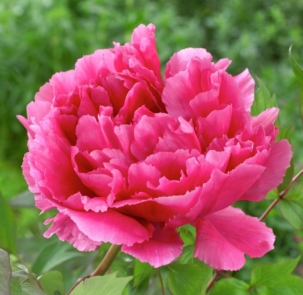
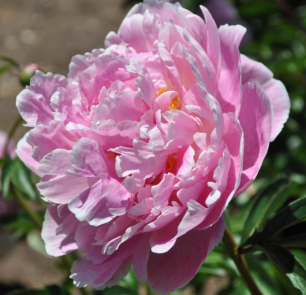
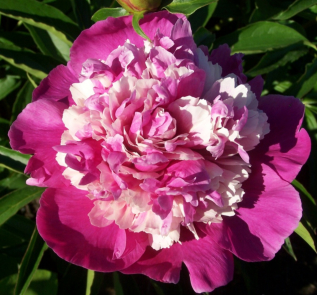
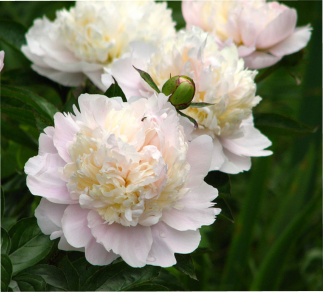
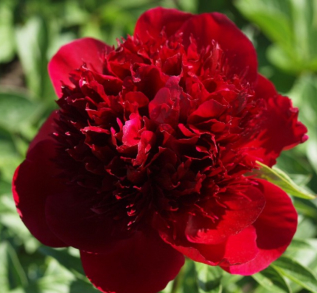
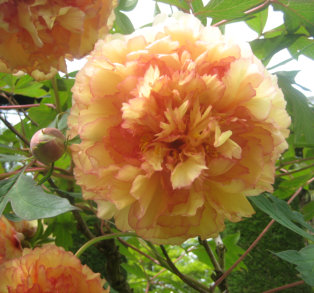
Peonies are one of the best-known and most loved perennials. This is hardly surprising considering their
sumptuous beauty and fragrance, trouble-free nature and longevity.
Peonies thrive almost anywhere in the UK. Many varieties can even survive a very cold winter
(a low of -10 degrees C).
Where to grow:
Peonies thrive in cooler climates, where they get pronounced winter chill. But some will grow well in warmer
climates. All are also worth a try in dappled shade in zones areas. There, give plants afternoon shade and
ample water.
When to plant:
If a peony is well situated and happy, it may bloom for 100 years or more with little or no attention. This means
it's worth spending some time up front, choosing the right planting location and preparing the soil. That said,
there are many stories about forgotten peony plants found blooming in the woods against old cellar holes. But
like all plants, peonies will be healthier, more vigorous and more floriferous if they have ideal growing
conditions.
Peonies prefer a sunny location with well-drained soil. Good air circulation around the plant is also important.
These growing conditions help peonies avoid their only serious disease problem: botrytis.
Pests and Diseases
Like other fungal diseases, botrytis is present in most soils. It usually only becomes a problem if the plant is
weak, the weather is unusually cool and wet, or if there are other infected plants nearby. Signs of botrytis are
blackened buds and stems, and sometimes rotting at the base of the plant. Cut off and dispose of any affected
areas (put this material in the rubish, not in your compost heap). The best strategy for botrytis problems is
prevention, and that goes back to proper planting
Peonies rarely bloom the first year after planting. It often takes three years before you see an abundant display
of flowers. But once the plants do start blooming, you can look forward to a lifetime of beautiful flowers. Peony
plants rarely need dividing.
If a clump becomes too large for a given space, or you wish to share some of the plant with a friend, autumn is
the ideal time for dividing.
Cut back the foliage and carefully lift the entire plant out of the ground. Use a sharp knife to cut apart some of
the plant, making sure to create generous clumps of roots with at least three to five eyes per clump. Reposition
the original plant back in the hole, taking care not to break off any of the relatively brittle roots or leave large
pockets of air in the planting hole.
Water until you are sure the moisture has reached the bottom of the hole and that the soil has settled around
the roots. Plants that have been divided in the autumn may not bloom the following spring, but will return to
normal the next season.
Scientific Name
Paeonia
Common Name
Peony
Sun Exposure
Partial Shade
Soil Type
Normal, or Clay
Blooming Time
Late Spring to Early Summer
Height
75-90 cm 29-35 inches
Spread
45-60 cm 18-23 inches
Deer Resistant
Rabbit Resistant




Alcea (Hollyhock)
Aquilegia
Buddliea
Buddliea Altternifolia
Delphinium
Dianthus (Carnations)
Echinacea
Eryngium
Geranium
Gerbera
Geum
Gypsophila
Herbs
Hosta
Iris
Kniphofia
Lantana
